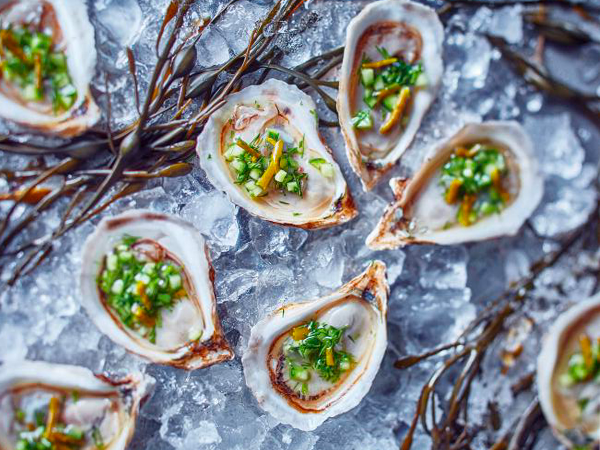Among the best gins in the world
Quebec is indeed a great producer of quality gin and it is very important to encourage local products. However, we would like to draw your attention to a number of very reputable gins from elsewhere in the world...
Quebec is indeed a great producer of quality gin and it is very important to encourage local products. However, we would like to draw your attention to a number of very reputable gins from elsewhere in the world...
Enjoy your harvest!
Over the past twenty years, gin has really taken off around the world. Moreover, Quebec is a gold mine when it comes to the various herbs and flowers that can be harvested, and gin is the perfect alcohol to showcase the ingredients of the Quebec terroir. In fact, there are about 140 different herbs and flowers contained in Quebec gins.
The most important ingredient in gin is the juniper berry, which is the basis of all gins. But how is it possible that there are so many different kinds of gins on the market that are equally popular? It is because gin is distinguished by the combination of atypical flavours and the mixing of genres. In other words, it is the addition of herbs, spices and spices to the neutral spirit and juniper berries that transforms the taste of the spirit and creates a distinction between each gin. It is the aromatics that make a gin unique. Sometimes, in a single gin, it is possible to find dozens of flavourings.
The Chromatic Circle of Aromatics créé par Karyne Duplessis-Piché vendu sur notre site est un bon essentiel pour les amateurs de gin qui sont intéressés à en apprendre plus sur les arômes des gins. Le cercle se divise en 6 profils aromatiques selon les ingrédients qui s’agencent bien ensemble soit fruité, agrumes, floral, boréal, herbacé et é
In addition, this tool will allow you to better recognise scents and flavours so that you will be better able to concoct new cocktail recipes according to your preferences. Moreover, on the other side of the card are some cocktail recipes that represent each of the cocktail profiles.
Avec l’achat de votre
In addition to this, there are also several books on the market that can also help you to identify the flavours and fragrances that are most relevant to you and that go well together.
We recommend that you take a look at the Gin Manual by Dave Broom. This book highlights the history of gin, the production process behind the spirit and gives you tips on how to maximise the enjoyment of gin and which mixes deliver the right flavours on the palate. Finally, the book offers a range of gin-based cocktail recipes that you can choose to try according to your favourite flavours and gins.
In the same vein, the book The Gin Dictionary would be a great addition to your library. It contains absolutely everything you need to know about gin in order to develop your taste buds to enjoy the gins you taste more. This book will guide you through all the key factors that influence the taste of this drink.
If you have any questions, please do not hesitate to contact us, we will be happy to answer you!







A beautiful association with the Wabasso distillery in Trois-Rivieres. In Quebec, water is abundant, but above all, it's of a high purity. Our premium neutral grain alcohol uses Quebec spring water Radnor which is exceptionally clear. Once the dilution is complete and the whole assembly is assembled, we obtain a silky pure alcohol in a class of its own, serving as a base for your premium cocktails.
It your favorite gin by maceration process.
Letting go your imaginationthere's no limit to inventing your favorite new spirit.
Find this product on SAQ.com ----> https://www.saq.com/fr/14532833